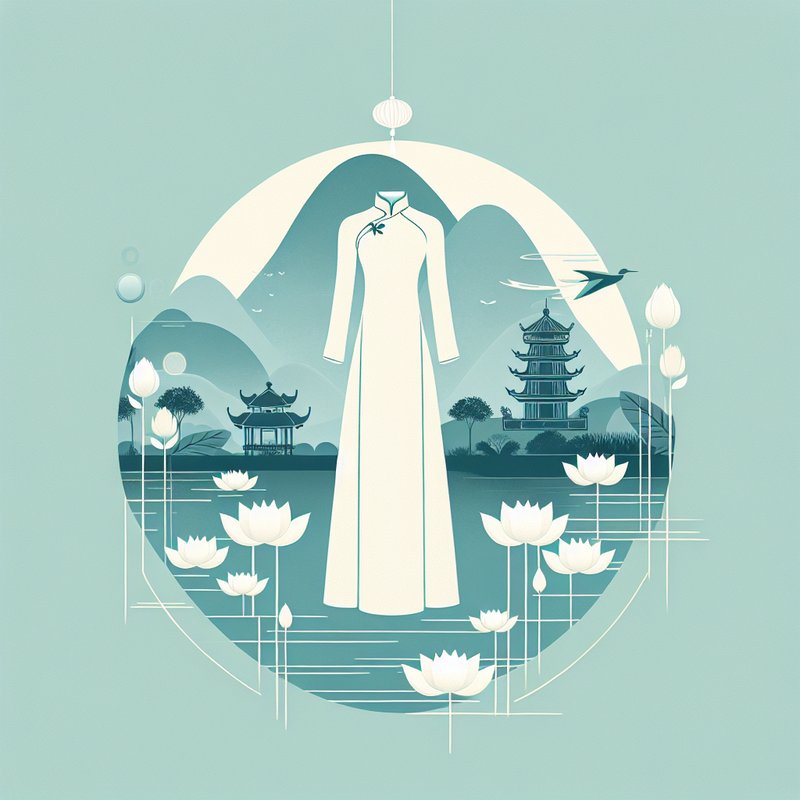The Origins and Evolution of Ao Dai

The Ao Dai, Vietnam’s national dress, is a symbol of grace and elegance. Its origins can be traced back to the 18th century, influenced by French colonial rule and local traditions. Initially, the Ao Dai was a more conservative outfit, covering women from neck to ankle, but over the decades, it has evolved to become a more form-fitting and stylish garment.
The evolution of the Ao Dai reflects Vietnam’s history and changing societal norms. During the Nguyen Dynasty, the Ao Dai was primarily worn by royalty and the upper class. Today, it is accessible to people of all social strata, symbolizing cultural unity and national pride.
Symbolism and Design of Ao Dai

The design of the Ao Dai is highly symbolic and intentional. The long, flowing dress features a high neck and splits on either side, allowing for ease of movement. Traditionally, the Ao Dai is worn over silk pants and often adorned with intricate embroidery or patterns that hold cultural significance.
Different colors and designs of the Ao Dai are worn for various occasions. For instance, white Ao Dais are often worn by young women and students, symbolizing purity and innocence. Red or brightly colored Ao Dais are typically worn during festivals and weddings, representing prosperity and joy.
The Ao Dai in Festivals and Ceremonies

The Ao Dai is a staple in Vietnamese festivals and ceremonies. During Tet, the Vietnamese New Year, it is common to see people of all ages donning their finest Ao Dais. This tradition underscores the cultural importance of the garment, serving as a link between the past and present.
In weddings, the Ao Dai takes center stage as the bridal attire. Brides often wear specially designed Ao Dais that are rich in color and adorned with luxurious fabrics and embellishments. This highlights the garment’s role in significant life events and its enduring appeal in modern Vietnamese society.
Modern Adaptations and Global Influence

In contemporary Vietnam, the Ao Dai has seen various adaptations, blending traditional elements with modern fashion trends. Designers have experimented with materials, lengths, and styles, making the Ao Dai a versatile piece suitable for both formal and casual settings. This adaptability ensures the Ao Dai remains a relevant and beloved garment in Vietnamese culture.
The global influence of the Ao Dai is also noteworthy. Vietnamese communities abroad continue to wear the Ao Dai during cultural festivals and events, promoting Vietnamese heritage and identity. The dress has also caught the attention of international fashion designers, who have incorporated its elements into their collections, showcasing the Ao Dai on global runways.

Leave a Reply